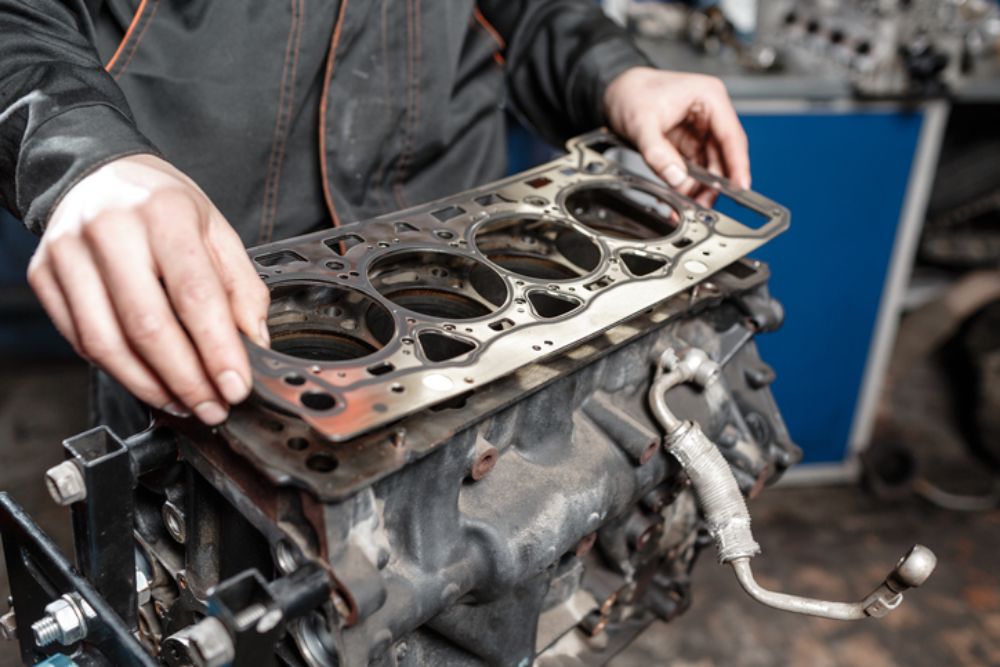How to Overhaul an Engine in the Car
An engine overhaul is a major undertaking that can take anywhere from a few days to a few weeks, depending on the make and model of your car and the extent of the work that needs to be done. It’s important to note that this is a complex procedure that should only be attempted by experienced mechanics. However, if you’re up for the challenge, here’s a step-by-step guide to help you get started.
1. Preparation
Before you start, you’ll need to gather the necessary tools and materials. This includes a repair manual for your car, a torque wrench, a socket set, a wrench set, an oil filter wrench, and a new oil filter. You’ll also need to purchase new gaskets and seals for all of the parts that you’ll be removing.
Once you have your tools and materials, you can start by disconnecting the battery and draining the oil. Then, remove the intake and exhaust manifolds, and disconnect the fuel lines.
2. Disassembly
Once the engine is disconnected, you can start disassembling it. This involves removing the cylinder head, the pistons, and the crankshaft. Be sure to keep all of the parts organized so that you can reassemble the engine in the correct order.
As you’re disassembling the engine, inspect all of the parts for wear and tear. If any of the parts are damaged, you’ll need to replace them before you can reassemble the engine.
3. Cleaning and Inspection
Once the engine is disassembled, you can start cleaning and inspecting the parts. Use a solvent to remove all of the oil and grease from the parts. Then, inspect the parts for any signs of damage or wear. If you find any damaged parts, you’ll need to replace them before you can reassemble the engine.
4. Reassembly
Once the parts are cleaned and inspected, you can start reassembling the engine. Start by installing the crankshaft, then the pistons, and finally the cylinder head. Be sure to torque all of the bolts to the correct specifications.
Once the engine is reassembled, you can reconnect the fuel lines, the intake and exhaust manifolds, and the battery. Then, fill the engine with oil and start it up.
5. Testing
Once the engine is running, you’ll need to test it to make sure that it’s running properly. This involves driving the car for a short distance and checking for any leaks or unusual noises. If you find any problems, you’ll need to troubleshoot them and make repairs as necessary.
Safety Precautions
It’s important to take safety precautions when working on your car’s engine. Always wear safety glasses and gloves, and be sure to work in a well-ventilated area. Also, be aware of the dangers of working with hot oil and exhaust gases.
Conclusion
Overhauling an engine is a complex and time-consuming procedure, but it can be done with the right tools, materials, and know-how. By following the steps outlined in this guide, you can save yourself a lot of money and ensure that your car is running at its best.





